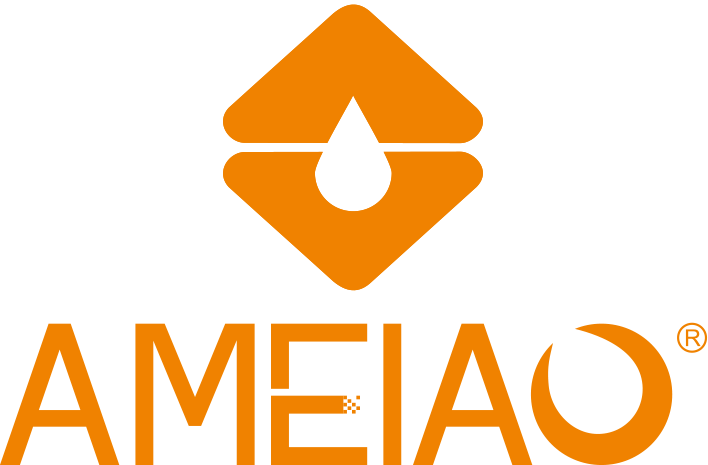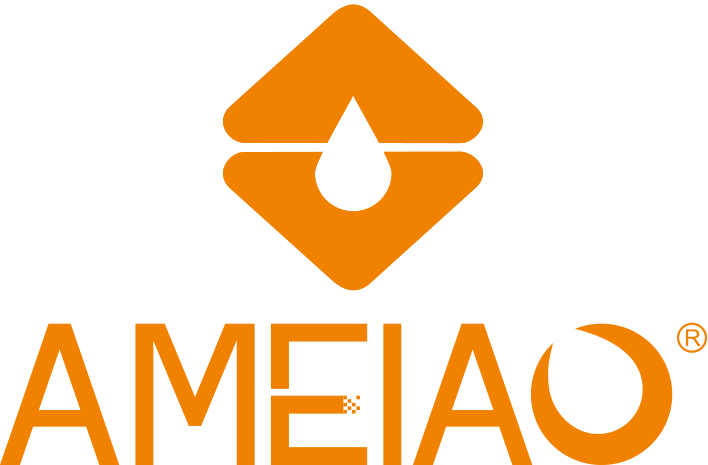What's an Apron Sink?
An Apron Sink, often known as a farmhouse sink, is a timeless kitchen fixture recognized for its exposed front panel that extends slightly beyond the edge of the countertop. It combines practicality with style, offering a deep, wide basin that accommodates large cookware while serving as a central visual feature in modern and traditional kitchens alike. Its distinctive design enhances both ergonomics and aesthetics, providing a unique blend of functionality and craftsmanship.
Design and Structure
The key feature of an apron sink is its forward-facing front panel, known as the “apron.” Unlike traditional undermount or top-mount sinks, the apron sink’s face replaces part of the countertop and cabinet front, creating a smooth, continuous transition from counter to basin. This design reduces the need to lean forward while washing dishes, offering comfort during long kitchen tasks.
Apron sinks are typically constructed from materials such as fireclay, stainless steel, cast iron, or composite granite, each chosen for durability and appearance. Their installation style can vary between flush mount, proud mount, or recessed mount, depending on the cabinetry and desired visual line.
| Feature | Description |
|---|---|
| Front Panel | Exposed, slightly extended beyond the countertop |
| Typical Depth | 9–10 inches for large capacity |
| Common Materials | Fireclay, Stainless Steel, Cast Iron |
| Installation Type | Undermount or Flush-Mount |
| Ideal Uses | Heavy-duty washing, aesthetic kitchen focal point |
Benefits of Using an Apron Sink
1. Spacious Capacity
The deep basin provides ample room for cleaning large pots, baking trays, and serving dishes that would not fit in standard sinks. This large capacity is especially valuable for home cooks and large families. Many modern models can hold over 40 liters of water without splashing over the edges.
2. Enhanced Ergonomics
The forward design minimizes the need to lean over the counter, reducing strain on the back and shoulders. For users who spend long hours in the kitchen, this ergonomic advantage offers noticeable comfort improvement.
3. Durability and Strength
Apron sinks made of fireclay or stainless steel are resistant to chips, stains, and high temperatures. Fireclay versions are fired at temperatures exceeding 1600°C, ensuring a dense, non-porous surface that resists cracking and discoloration over time.
4. Timeless Aesthetic Appeal
With their blend of rustic charm and modern sleekness, apron sinks suit both farmhouse and contemporary interiors. The visible front panel allows customization in color, texture, and finish—ranging from glossy white ceramics to brushed stainless steel or matte black metal.
5. Easy Maintenance
The seamless front panel eliminates hard-to-reach gaps found in standard sinks. Dirt and water cannot accumulate between sink and counter edges, simplifying cleaning routines and maintaining a neat kitchen appearance.
Materials Comparison
| Material | Key Properties | Maintenance Level | Appearance |
|---|---|---|---|
| Fireclay | Extremely durable, non-porous | Low | Glossy white, smooth texture |
| Stainless Steel | Heat and corrosion resistant | Moderate | Brushed or polished metallic |
| Cast Iron | Heavy, classic style | Moderate | Enamel coating, rich color options |
| Composite Granite | Scratch resistant, modern | Low | Stone-like matte finish |
Installation Considerations
Installing an apron sink requires precise cabinet modification. The cabinetry must support the sink’s weight and provide enough clearance for the front panel. The sink is typically installed before the countertop to ensure a tight fit. Silicone sealing and proper bracing are essential to prevent leaks or cabinet stress. Many manufacturers, such as AMEIAO, offer professional design and installation guidance to ensure accurate alignment and stability.
Key Installation Steps:
Measure cabinet dimensions accurately, allowing ¼ inch clearance on each side.
Reinforce the cabinet base with wooden supports to hold the sink’s weight.
Position the sink before the countertop installation.
Apply sealant around contact edges to ensure watertight connection.
Verify drain alignment before final mounting.
Common Styles of Apron Sinks
Single Bowl Apron Sink – Offers uninterrupted space ideal for washing large cookware.
Double Bowl Apron Sink – Divides the basin for multitasking, allowing washing and rinsing simultaneously.
Reversible Front Apron Sink – Features dual front designs, allowing users to choose between plain and fluted surfaces.
Integrated Apron Sink – Seamlessly molded with countertop materials like quartz or solid surface for a uniform appearance.
Each style provides unique functionality tailored to kitchen habits and space availability.
Suitable Kitchen Settings
An apron sink enhances kitchens emphasizing function and design harmony. It integrates perfectly with natural materials such as wood, stone, or stainless steel, balancing rustic charm with modern minimalism. For compact kitchens, a single-bowl model saves counter space while retaining large-volume usability. In open-concept kitchens, a stainless-steel apron sink can complement high-end appliances and lighting fixtures.
Maintenance Tips
Clean with mild dish soap and non-abrasive cloths to avoid surface damage.
Rinse thoroughly after use to prevent mineral buildup.
Use protective grids to minimize scratching from cookware.
Regularly inspect silicone seals for moisture protection.
With consistent care, a high-quality apron sink can maintain its pristine condition for over a decade.
Conclusion
An apron sink is more than a functional kitchen fixture—it’s a statement of design, craftsmanship, and practicality. Its deep basin, ergonomic front design, and versatile material options make it a preferred choice for homeowners seeking both beauty and performance.
For those looking for premium stainless steel and modern farmhouse-style sinks, AMEIAO provides expertly crafted solutions that combine durability, sleek finish, and customizable options to suit every kitchen layout.
Previous:



 Mobile Phone:
Mobile Phone:


